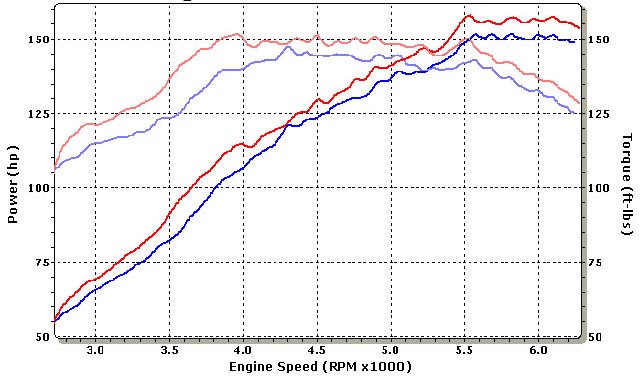1. How to understand and solve word problems.
Learning how to solve word problems is very important to me, because these are most of the problems that I will face in everyday life. It is a good skill to have and will help me in the future. This is an example of a problem I may face if I went into business.

2. Graphing
Graphing is a good skill to know, because is helps understand and analyze data. I have learned that there is so many different ways you can graph and so many different types of data you can graph. Graphs, also are displayed to me very often in life. Some important terms are the roots, y intercept, slope and the vertex. Here is a graph showing the power and torque curve on a miata.

3. Inequalities
Inequalities are used with limits and they can telll you the limits of what you can make, build, buy etc. I learned how to solve inequalities by factoring. Inequalities can also be plotted on a graph. This is a question about the max food you can buy for $5 and I think this is a very important skill to know.

4. Solving expressions
Solving expressions were involved in about half of our units. I learned how to solve expressions in many different ways, for example factoring, completing the square, graphing and the quadratic formula. All these methods work for different expressions. Here is an example of factoring and completing the square to solve the same expression.

5. Trigonometry
Trigonometry was a very interesting unit. The relationships from the sides and angles in a triangle can help you solve many different problems involving shapes and direction. You could use trigonometry in carpentry, geography and navigation. Here is a common question that I learned how to do.

